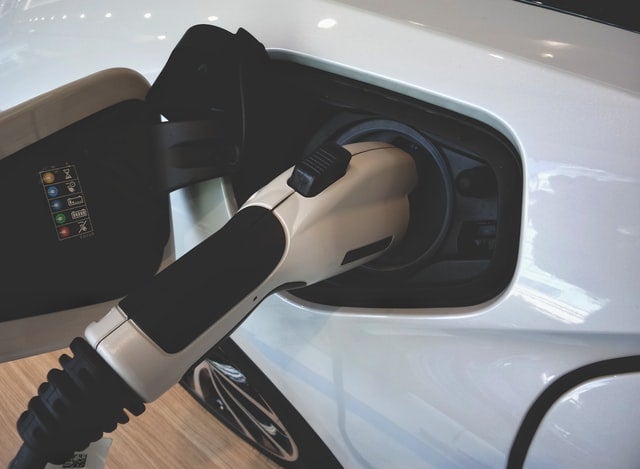
Chinese mining company Zijin Mining Group is reportedly set to invest $380m to construct a lithium carbonate plant in Argentina.
The investment will be made through its local subsidiary Liex.
To be located in the Tres Quebradas project, in the northern province of Catamarca, the plant will have a production capacity of 20,000 tonnes of lithium carbonate per year, Reuters reported, citing China’s Ministry of Production.
The plant’s production is expected to be doubled in the medium term, according to the government.
The investment was revealed following a meeting between executives of Zijin, Liex and Neo Lithium and Argentine officials.
In October last year, Zijin Mining agreed to acquire Canada-based lithium brine developer Neo Lithium in an all-cash deal worth C$960m ($770.45m).
Neo Lithium is the owner of the Tres Quebradas lithium project (3Q Project) located in Argentina. The project covers an area of 35,000ha in the Catamarca Province.
The government was quoted by the news agency as saying: “For the Tres Quebradas project, the plant is scheduled to start construction this year and to start production by the end of 2023.”
It added that Zijin Mining is also looking to make “other important investments” in advanced gold and copper projects in Argentina.
In October 2020, the company commenced production from the $610m Buriticá Gold Mine in Colombia.
The Buritica gold project is an ultra-high-grade large-scale gold mine that is located in the mountain terrains of Middle Cauca belt, in north-western Colombia.
Zijin Mining has also approved an investment in November last year, to support the construction of a 500ktpa smelter for Kamoa-Kakula copper project in Democratic Republic of the Congo (DRC).






